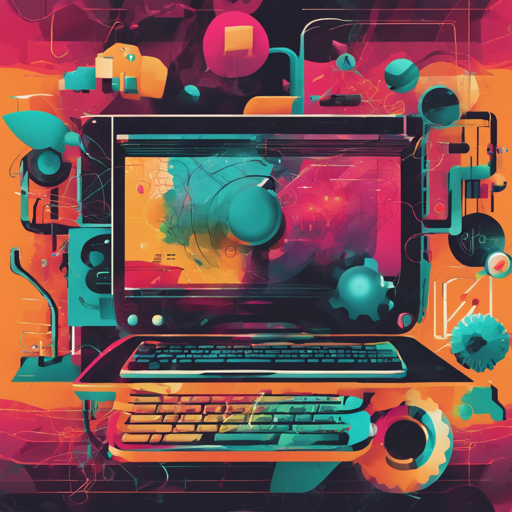Welcome to your guide on utilizing the Analog Madness model for text-to-image generation! In today’s digital age, visual content is king, and with advanced models like Analog Madness, you can transform simple text prompts into breathtaking images. Below, we will walk you through the process step-by-step, provide some troubleshooting tips, and ensure that you have all the necessary tools to succeed in your creative endeavor.
Getting Started with the Analog Madness Model
To start creating visuals with the Analog Madness model, you will need to follow a few essential steps:
- Visit the model’s page on Civitai to get an overview and download instructions.
- Set up your development environment with the necessary diffusion tools, ensuring you have support for inference.
- Write your text prompt that you want to visualize.
How to Generate Images
Once you have completed the setup, generating images becomes a straightforward process. Think of the Analog Madness model as a talented artist waiting for your guidance: you provide the text (the creative idea), and the model brings it to life with stunning visuals.
from diffusers import StableDiffusionPipeline
# Load the model
model = StableDiffusionPipeline.from_pretrained("analog-madness")
# Text prompt
prompt = "A serene landscape with a sunset over the mountains"
# Generate image
image = model(prompt).images[0]
# Save the image
image.save("output.png")
Breaking Down the Code
Let’s think of the code as a recipe for our artistic masterpiece:
- Ingredients: You gather your ingredients by importing the necessary libraries such as
StableDiffusionPipeline. - Preparation: You prepare your canvas by loading the Analog Madness model using the pre-trained keyword like an artist acquiring their tools before starting a painting.
- Creative Process: You add your artistic vision through a descriptive text prompt—a serene landscape, for instance—just as an artist would think about their subject matter.
- Final Touches: Finally, you generate your image and save it, similar to an artist finishing their artwork and framing it for display.
Troubleshooting Tips
While the process is predominantly seamless, you might face occasional hiccups along the way. Here are some troubleshooting ideas:
- If the model fails to load, ensure that your Python environment is set up correctly and the required libraries are installed.
- If the generated images are not satisfactory, consider refining your text prompt. Experiment with different phrases and styles!
- Should you encounter memory issues, try reducing the image size or utilizing a machine with more resources.
For more insights, updates, or to collaborate on AI development projects, stay connected with fxis.ai.
Conclusion
By following this guide, you can create stunning visual artwork using the Analog Madness model. Whether for personal projects, professional work, or simply for fun, the possibilities are endless! At fxis.ai, we believe that such advancements are crucial for the future of AI, as they enable more comprehensive and effective solutions. Our team is continually exploring new methodologies to push the envelope in artificial intelligence, ensuring that our clients benefit from the latest technological innovations.

